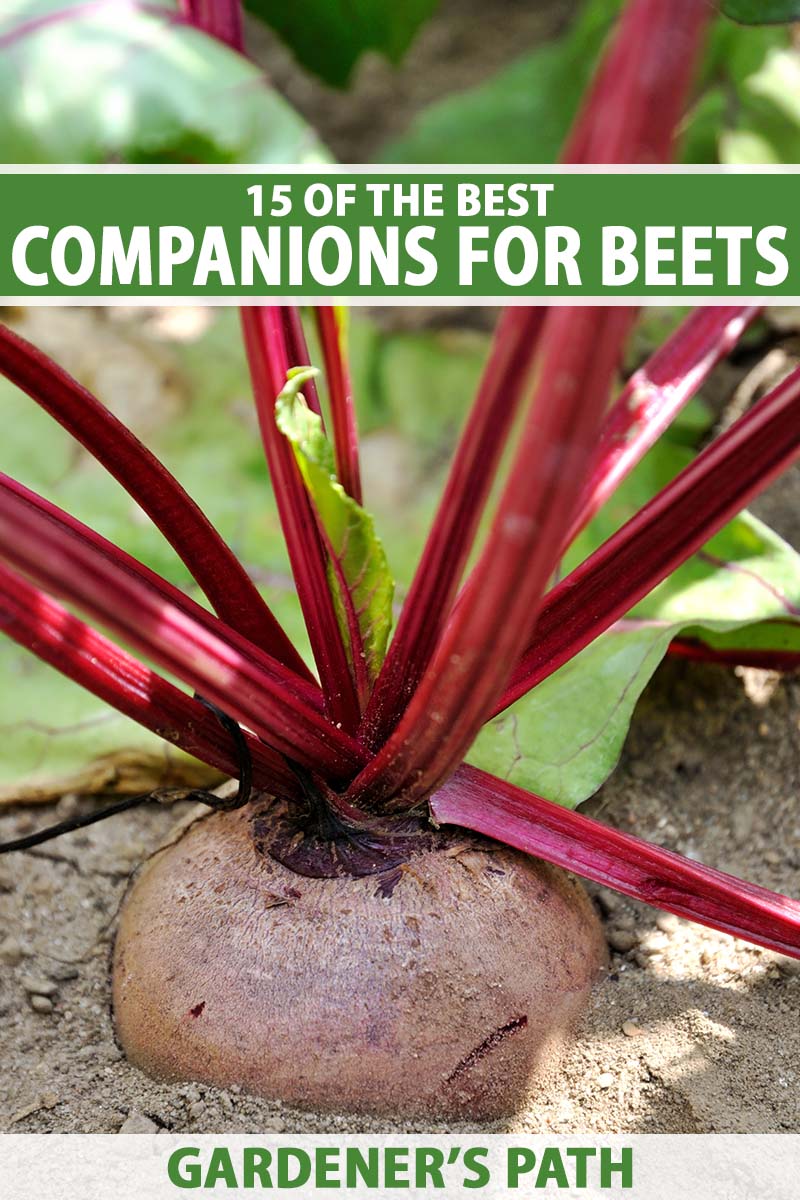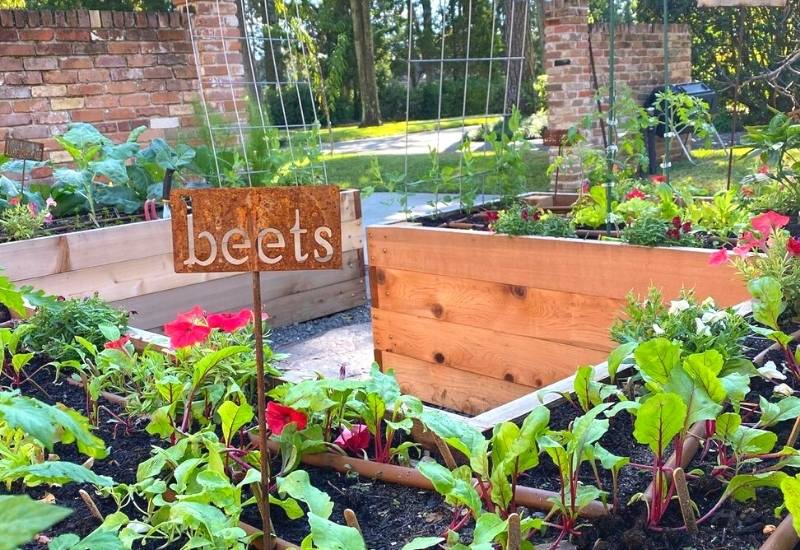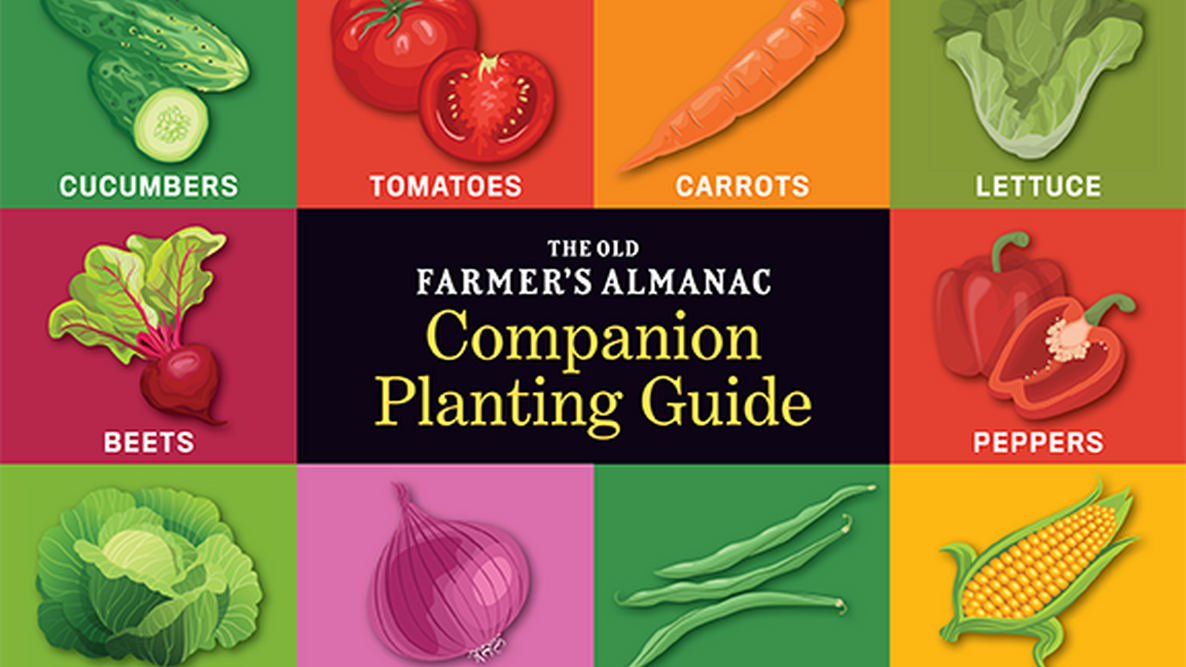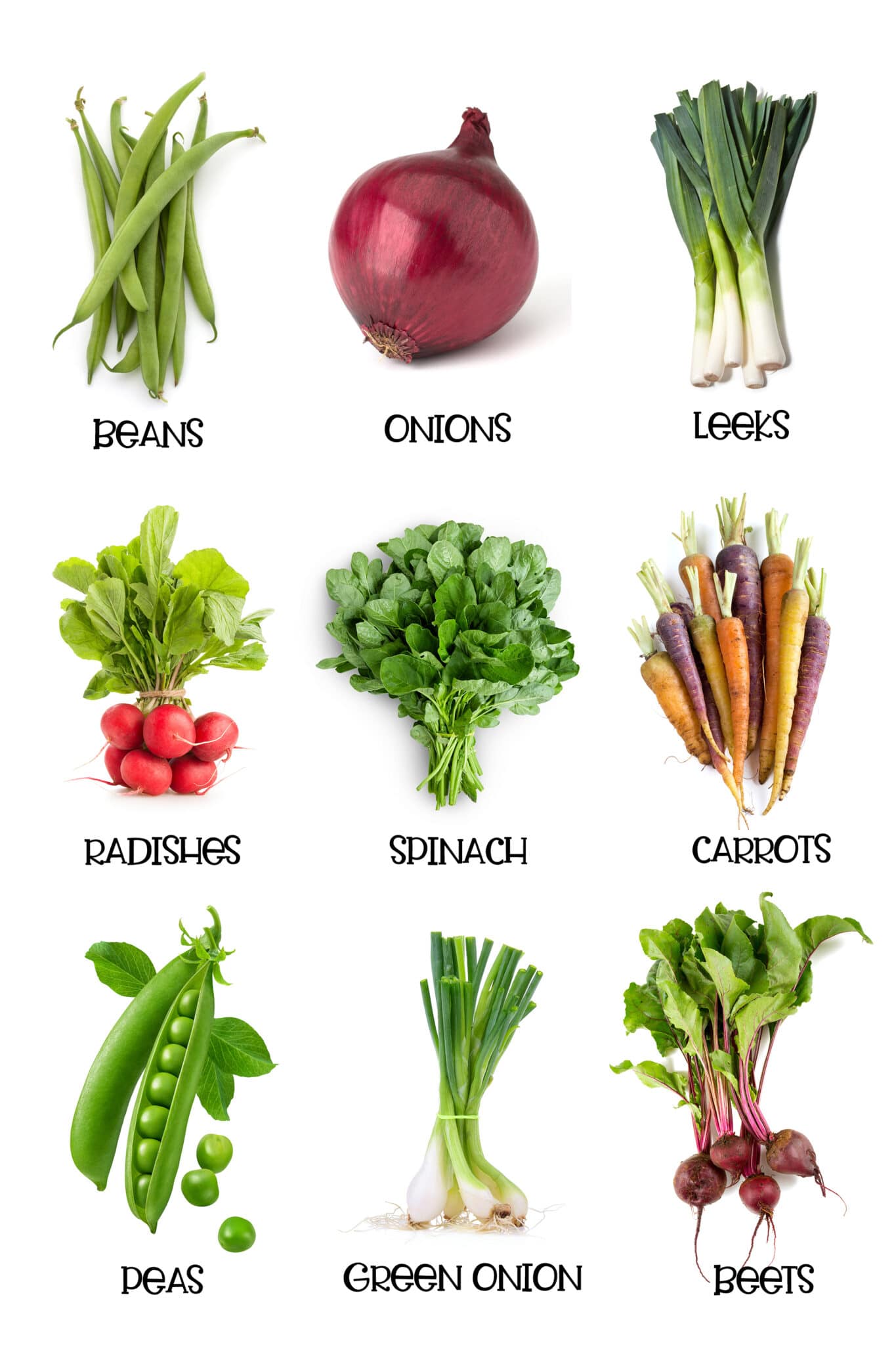The Best Companion Plants For Beets
Title: The Best Companion Plants for Beets
Introduction:
Beets are a delicious and nutritious root vegetable that is easy to grow in the garden. They are also a good companion plant for other vegetables, meaning that they can help to improve the growth and health of each other.
In this blog post, we will discuss the best companion plants for beets. We will also provide some tips on how to plant and care for these beneficial pairings.
Main Content:
- Alliums: Alliums, such as onions, garlic, and chives, are excellent companion plants for beets. They help to repel pests and diseases, and they also add nutrients to the soil.
- Brassicas: Brassicas, such as broccoli, cabbage, and Brussels sprouts, are also good companion plants for beets. They have similar growing requirements and they can help to deter pests.
- Beans: Beans are another great companion plant for beets. They fix nitrogen in the soil, which can benefit the beets.
- Lettuce: Lettuce is a low-growing plant that can be planted around beets to help suppress weeds. It also helps to shade the beet roots, which can help to prevent them from becoming bitter.
- Radishes: Radishes are another fast-growing vegetable that can be planted around beets. They help to improve the soil drainage and they can also help to repel pests.
- Catnip: Catnip is a beneficial herb that can be planted near beets. It helps to repel pests and it also adds nitrogen to the soil.
Conclusion:
By planting beets with these beneficial companion plants, you can help to improve their growth and health. These plants will help to deter pests, improve the soil quality, and add nutrients to the soil. As a result, you will be able to enjoy a bountiful harvest of delicious and nutritious beets.
Beets are a delicious and nutritious root vegetable that can be grown in most gardens. But did you know that there are certain plants that can help them grow even better? Companion planting is the practice of planting certain plants together to benefit each other. For beets, some of the best companion plants include:
- Onions: Onions help to repel pests that can damage beets, such as aphids and flea beetles.
- Beans: Beans fix nitrogen in the soil, which can help to improve the growth and flavor of beets.
- Lettuce: Lettuce has shallow roots, so it won't compete with beets for water and nutrients. It can also help to suppress weeds.
- Cabbage: Cabbage helps to repel pests that can damage beets, such as cabbage loopers and imported cabbageworms.
- Radishes: Radishes mature quickly, so you can plant them in the same bed as beets and then harvest the radishes before the beets get too big. Radishes also help to loosen the soil, which can benefit beet roots.
For more information about companion plants for beets, please visit Home Gardening.
FAQ of companion plants to beets
- What are some good companion plants for beets?
Some of the best companion plants for beets include:
* Onions: Onions are a natural deterrent to pests that can damage beets, such as aphids and flea beetles. They can also help to improve the flavor of beets.
* Lettuce: Lettuce is a good companion plant for beets because it shades the soil and helps to retain moisture. This can be beneficial to beets, which prefer moist soil.
* Radishes: Radishes are another good companion plant for beets because they mature quickly and can be harvested before they start to compete with the beets for space.
* Cabbage family vegetables: Beets can also be planted near cabbage family vegetables, such as broccoli, Brussels sprouts, and cauliflower. These vegetables help to improve the soil quality and can deter pests.
* Bush beans: Bush beans are a good source of nitrogen, which can be beneficial to beets. They can also help to shade the soil and prevent weeds from growing.
- What plants should not be planted near beets?
Some plants that should not be planted near beets include:
* Pole beans: Pole beans can shade beets and stunt their growth.
* Field mustard: Field mustard can compete with beets for nutrients and water.
* Charlock (wild mustard): Charlock can release toxins that can damage beets.
- What is the best time of year to plant beets?
Beets can be planted in the spring or fall. They prefer cool weather, so it is important to plant them before the weather gets too hot.
- How far apart should beets be planted?
Beets should be planted about 2 inches apart. This will give them enough space to grow and develop their roots.
- How much sunlight do beets need?
Beets need full sun to partial shade. They will not grow well in deep shade.
- How much water do beets need?
Beets need moist soil, but they should not be overwatered. Water them regularly, especially during hot weather.
- How long does it take beets to mature?
Beets can mature in as little as 45 days. However, they will taste better if they are allowed to mature for about 60 days.
- How do you harvest beets?
Beets are ready to harvest when their tops are about 6 inches tall. To harvest them, simply dig them up with a garden fork.
- How do you store beets?
Beets can be stored in the refrigerator for about 2 weeks. They can also be frozen for up to 6 months.
Image of companion plants to beets
10 different images of companion plants to beets that are free to use:
- Alliums such as garlic, onions, and chives help repel pests like aphids, slugs, and beetles. They also improve the flavor of beets.

- Brassicas such as broccoli, cauliflower, and Brussels sprouts are good companions for beets because they have similar growing requirements and can help to deter pests.

- Bush beans benefit from the nitrogen that beets release into the soil. They also help to shade the beet roots, which can help to prevent them from getting sunburned.

- Carrots and beets can be planted together because they have different root systems and will not compete for space. Carrots also help to repel pests like carrot flies.

- Cucumbers can be planted near beets to help to deter cucumber beetles. Cucumber beetles are a common pest of cucumbers, but they also like to eat beet leaves.

- Lettuce is a good companion plant for beets because it does not need a lot of space and can help to shade the beet roots. Lettuce also helps to attract beneficial insects, which can help to control pests.

- Marigolds are a popular companion plant for many vegetables, and they are also a good choice for beets. Marigolds help to repel nematodes, which are a common pest of beets.

- Peas and beets can be planted together because they have different root systems and will not compete for space. Peas also help to fix nitrogen in the soil, which can benefit the beet plants.

- Potatoes can be planted near beets to help to deter potato bugs. Potato bugs are a common pest of potatoes, but they also like to eat beet leaves.

- Spinach is a good companion plant for beets because it does not need a lot of space and can help to shade the beet roots. Spinach also helps to attract beneficial insects, which can help to control pests.

Post a Comment for "The Best Companion Plants For Beets"